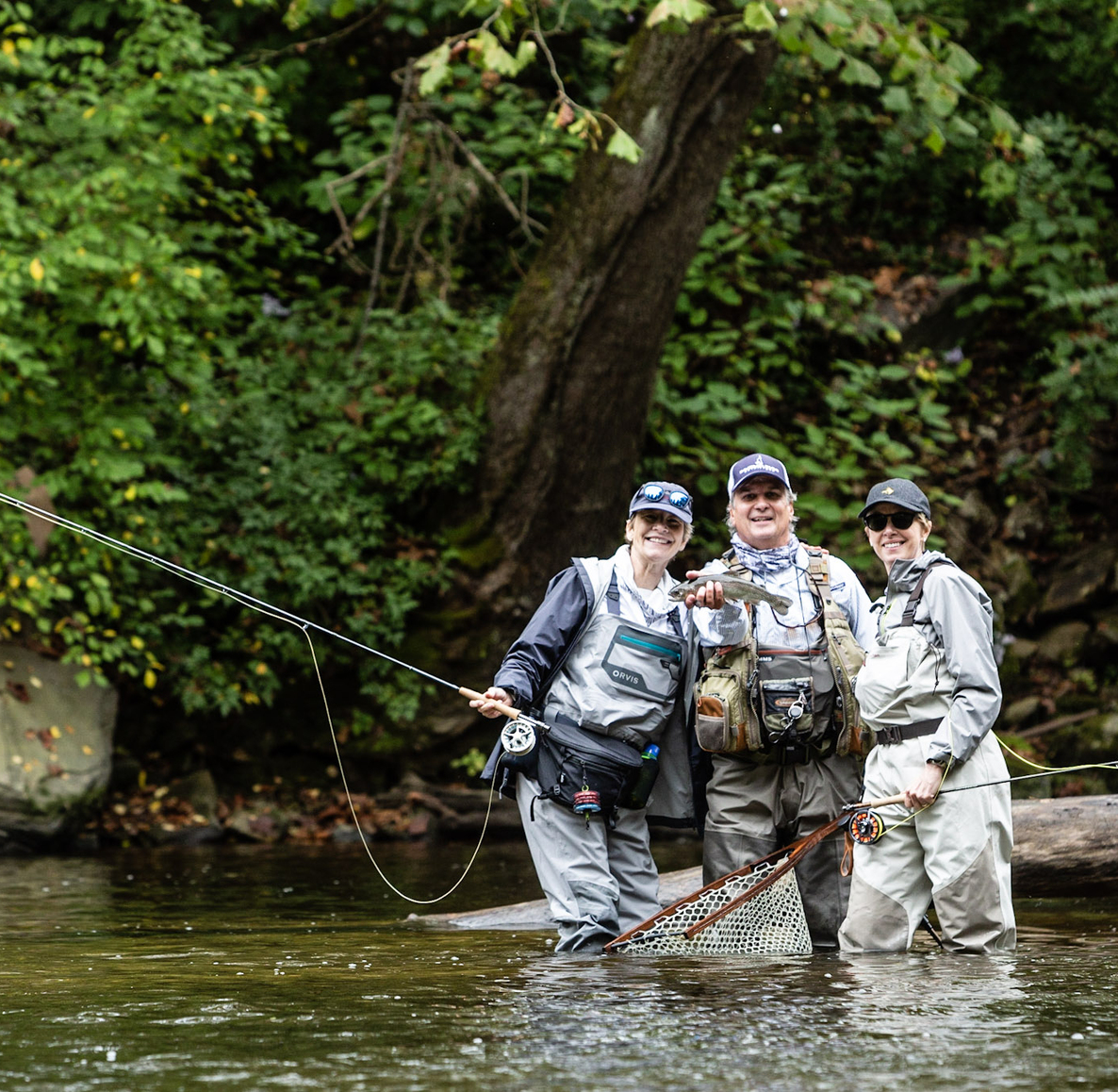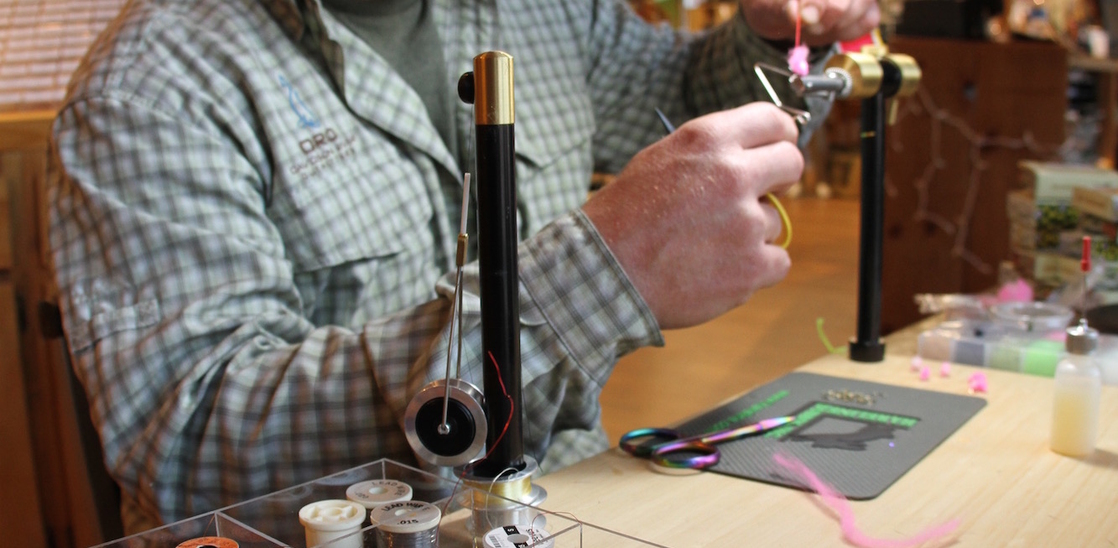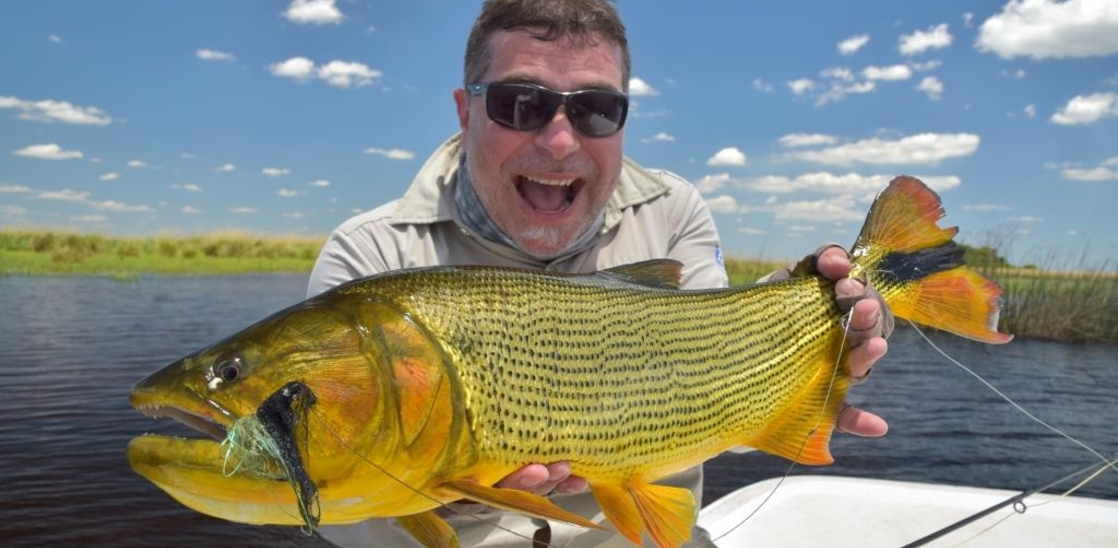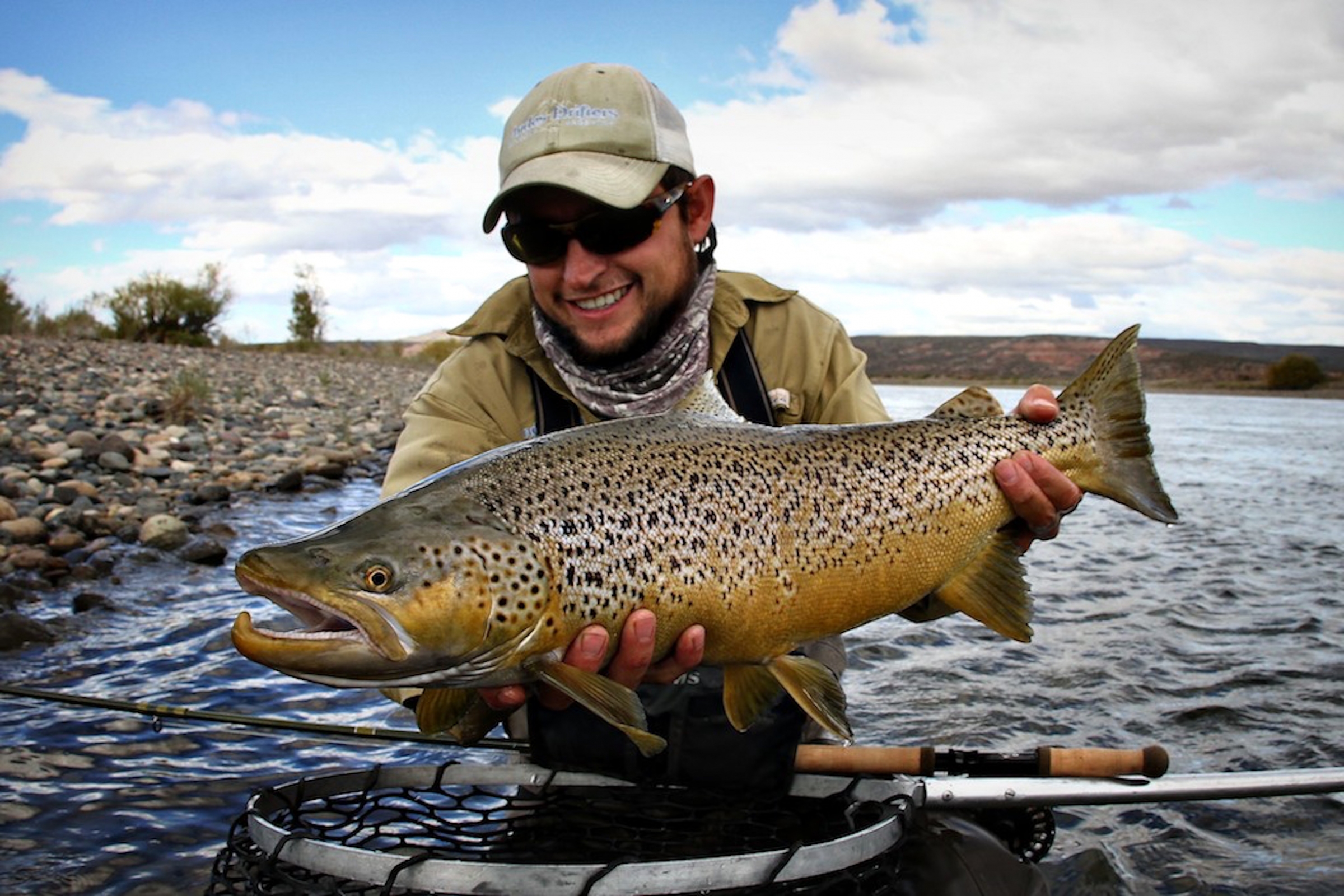We’re often asked during classes and guided trips how to improve hook sets and land a higher percentage of fish once they are hooked. While every angler develops their own approach, a few common mistakes show up again and again. Here are some simple adjustments that will help you bring more trout to the net.
The most common issue we see is an angler setting the hook and then immediately dropping slack to your flies. This usually happens by reaching for the reel or letting the fish run toward them immediately after hooking a fish. Any slack gives the trout a perfect opportunity to shake free. Here are a few helpful tips for not having slack in your line.
-
After setting the hook, keep the line controlled with your stripping hand while pinning it under your rod-hand finger against the cork.
-
If the fish runs away, let the line slip through your fingers under tension.
-
If it runs toward you, strip quickly to stay tight.
Angles matter. When fishing dries or nymphs, always set the hook downstream. This is very important and is commonly overlooked. Setting the hook downstream pulls the fly into the fish. Setting upstream often pops the fly right out of its mouth. One way that we can help combat this problem is to make a cast up stream and then follow the flies with your rod tip as they float downstream. This will already have your rod going in the right direction so all you have to do is continue that same motion.
When fishing streamers or soft hackles downstream, be patient. Trout—especially browns—often bump a streamer before turning back to eat it. Setting the hook on that first bump usually pulls the fly away. Often times when you are swinging flies the best practice is to just hold you line tight at the end of your cast and let it come tight when a fish grabs it, they usually hook themselves. Also, when streamer fishing, you should not se the hook with your rod tip. Just keep stripping until it comes tight. If you continue to strip the flies to you the fish will run them down, or it will come tight into the fish on your next strip.
A sharp fly hook doesn’t need much force. A quick, firm lift of the rod is all that’s required to bury the hook cleanly.
-
Keep the rod bent. A bent rod protects your tippet. Pointing the rod straight at the fish removes that cushion and increases break-offs.
-
Use rod angle to turn the fish. If a trout runs right, pull left—and vice versa. But only switch angles when needed. Repeatedly changing directions can widen the hook hole and increase the chance of losing the fish. You can also use this tactic to steer a fish away from cover or something sharp that might break your line.
To make netting easier, try to lift the trout’s head and bring its mouth just above the surface—this stops most diving. Always net head-first. A tail-first attempt gives the fish all the leverage it needs to slip free.
With just a few adjustments—maintaining tension, choosing the right hook-set angle, keeping the rod bent, and netting head-first—you’ll land more of the trout you hook. Hope these tips help you bring a few extra fish to the net this season!


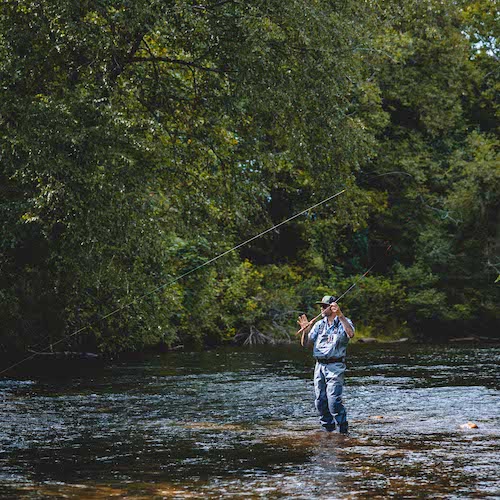 Stream Report
Stream Report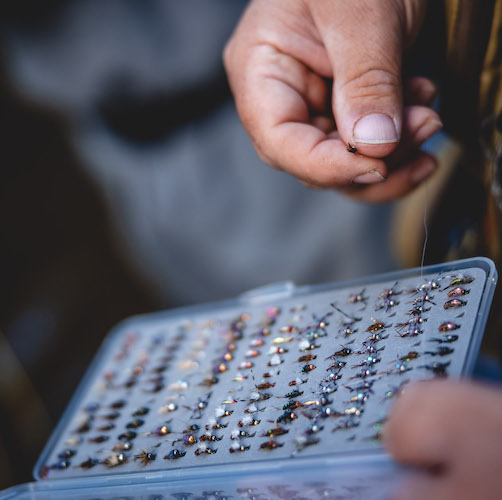 Seasonal Hatches
Seasonal Hatches Stream Guide
Stream Guide